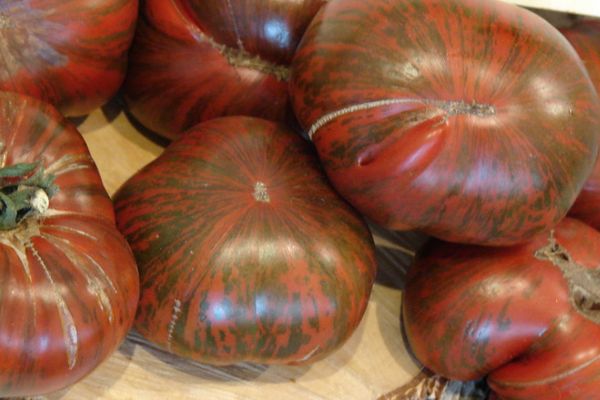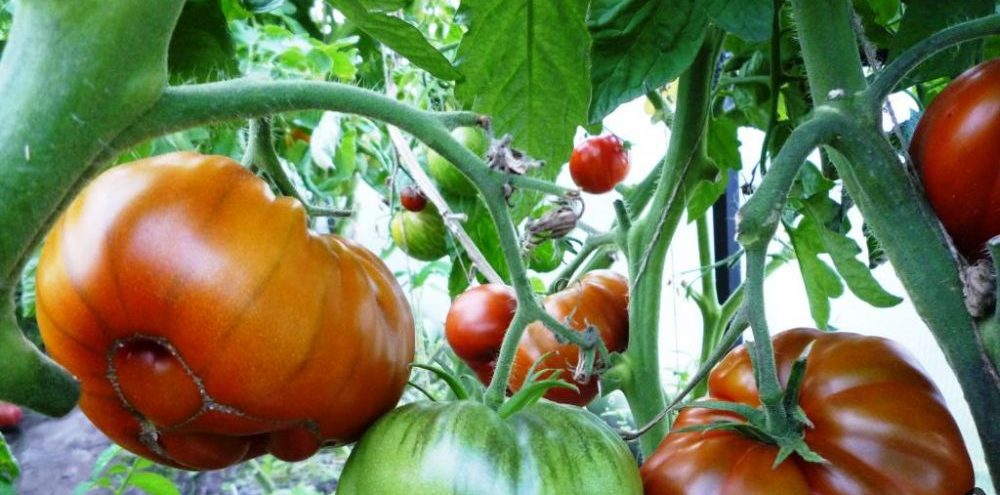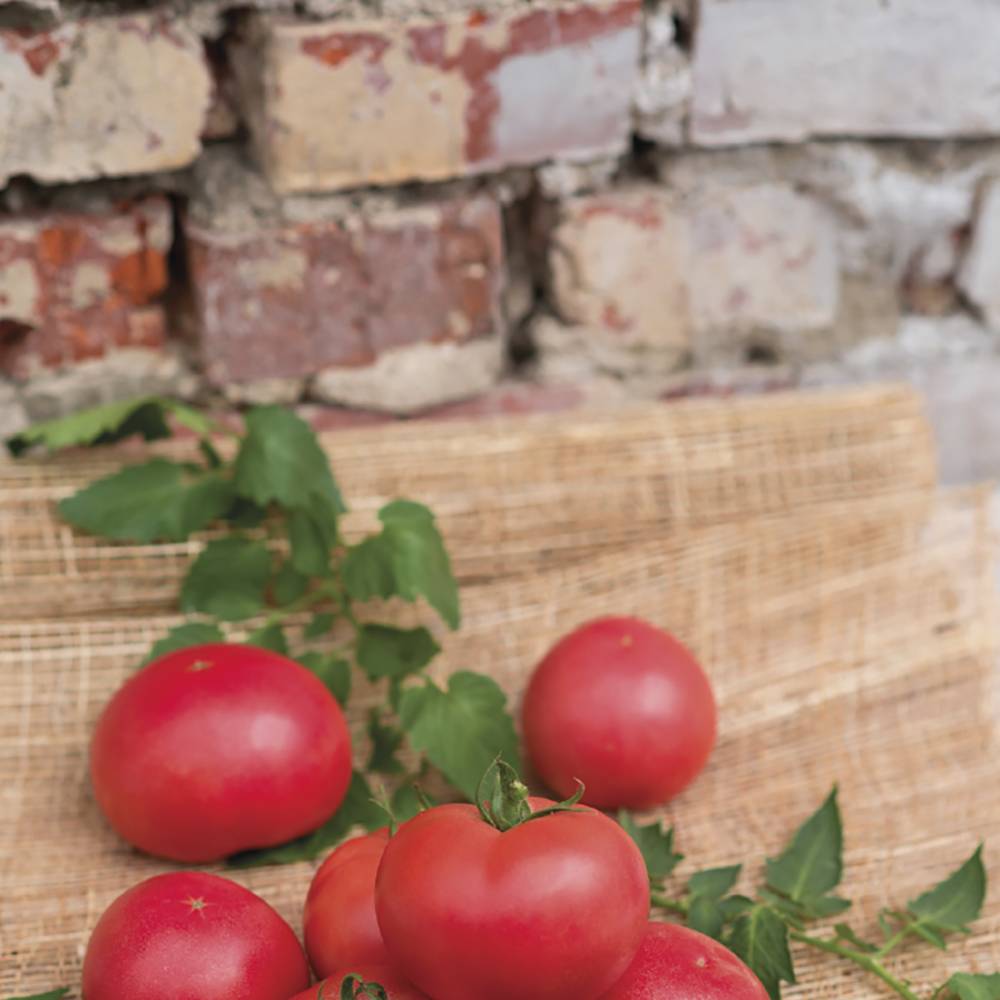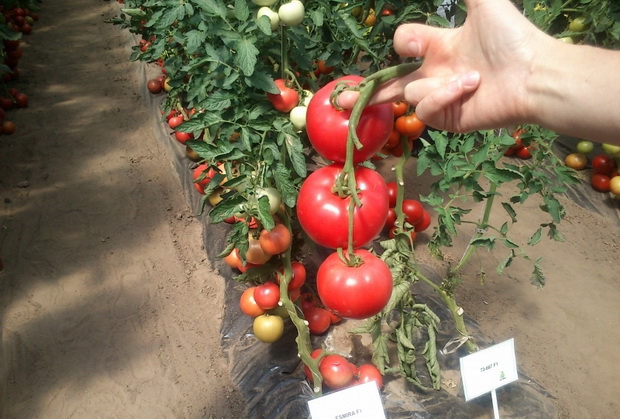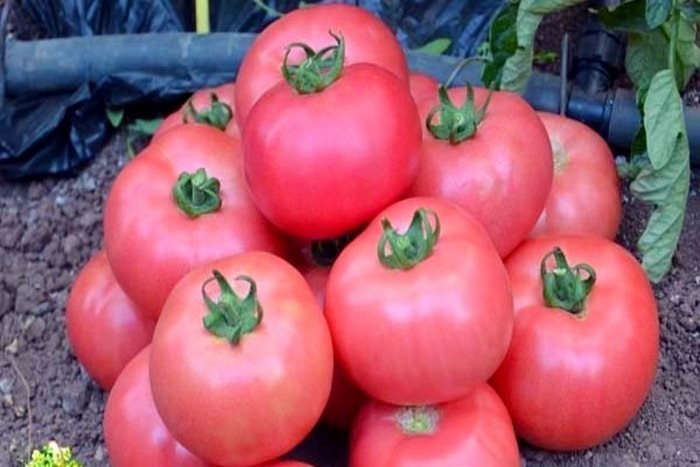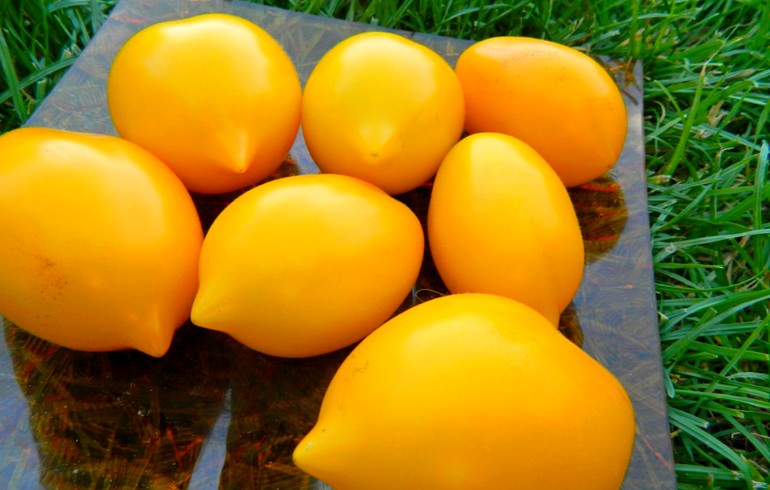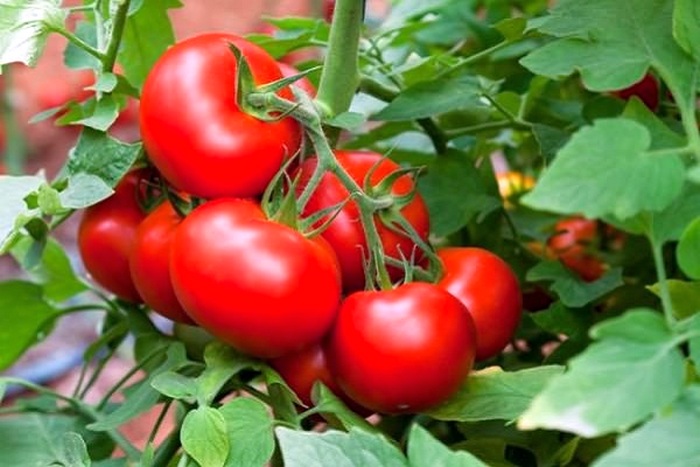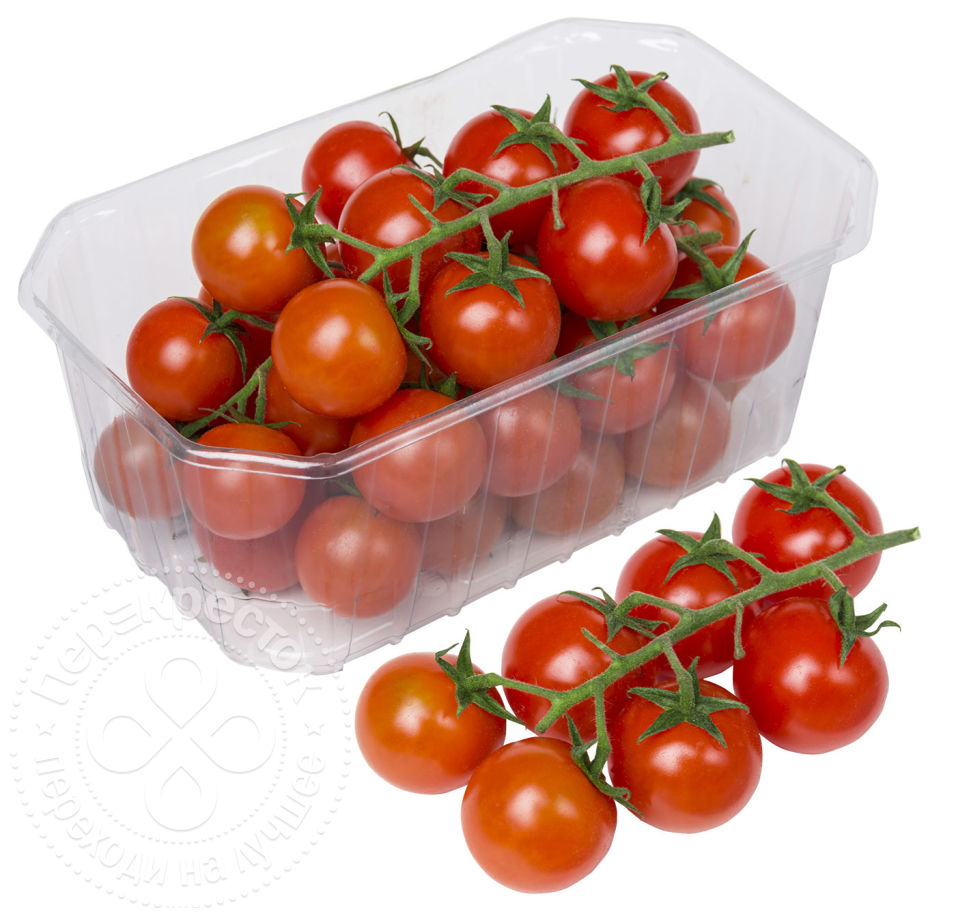Content:
Among the many varieties of tomatoes: different shapes, colors, sizes, the Watermelon tomato stands out for its originality. It was bred relatively recently, about 20 years ago, by Russian breeders and almost immediately entered the State Register as a tomato for greenhouse cultivation.
The Watermelon tomato is a hybrid, one of the versions of the large striped tomato family. The Striped variety was bred back in 1951 by American breeders Larson and Poblak and was named Tiger Tom. With its brightness and unusual color, this variety has won great popularity among business executives. This fact pushed scientists to develop this direction in breeding, to date, almost a thousand variants of the Striped variety have been bred.
All new modifications can be roughly divided into 3 groups by appearance:
- Bright fruits, similar to red-orange apples (Aviuri, Solar Flare);
- The original coloring of tomatoes resembles famous predators (Tiger);
- Unusual colors and shapes are reminiscent of your favorite berry (Watermelon).
Tomato Watermelon characteristics and description of the variety
Tomato Watermelon is an indeterminate plant (it grows and develops throughout the entire fruiting period). Belongs to medium early varieties, grown in greenhouses and in the open field (in the presence of comfortable climatic conditions). He earned the love of gardeners for its size, juicy taste and shape of the watermelon.
Main technical characteristics of the variety:
- Indeterminate plant;
- Mid-early ripening of fruits - the ripening period lasts an average of 110 days;
- High palatability;
- Good yield - up to 5 kg per bush;
- Fruit cracking tendency - when fully ripe;
- Quite good keeping quality, subject to the collection of fruits in a state of technical maturity;
- Duration of fruiting - tomatoes ripen from mid-summer until the first frost;
- Good disease resistance;
- The most effective growing of tomatoes when forming a bush of 2-3 stems;
- Not used for long distance transportation;
- Versatility in application.
The main features of the Watermelon tomato are rich taste, pleasant juiciness, tender pulp. They can eat and drink. Tomatoes are used fresh, in salads, appetizers, soups, sauces, mashed potatoes, juices. The only thing for which the Watermelon tomato is not recommended is for preservation and salting. Due to the large size and delicate skin, the fruits crack during harvesting and lose their attractive appearance.
Description of tomato varieties Watermelon
- The bush is high - reaches 2 m in height;
- Leaves are dark green, not too abundant;
- The inflorescence is simple, it is laid in the presence of 8-10 leaves. 4-5 tomatoes develop on one brush;
- The fruits are large - 150-300 g, under optimal growing conditions they can reach 500 g;
- According to the main color, these fruits belong to the category of black tomatoes. The color is dark brown with brown, chocolate stripes, with the addition of green at the stalk. With a ribbed color and a round, slightly flattened at the base, they resemble a watermelon;
- The pulp is red, tender; the skin is thin; a large number of chambers filled with juice and seeds.
On the territory of our country, several types of watermelon tomatoes are most famous: chocolate watermelon tomato, black, large.Despite some differences in appearance, they all fit the general description of Watermelon tomatoes.
Agrotechnics and cultivation features
The Watermelon variety is grown in seedlings. This process can be roughly divided into several stages:
- Sowing tomato seeds;
- Dive seedlings;
- Planting bushes;
- Tomato care (watering, pinching, pinching, hilling);
- Top dressing, protection against diseases.
The first thing to do is to prepare the right ground. A ball of sand is poured onto the bottom of the container, expanded clay can be added, and filled with soil. You can prepare the soil yourself by mixing garden soil with humus, sand, ash. Ready-made peat mixture is also suitable. For disinfection, you can bake the soil for several minutes in the oven.
The next step is seed preparation. If there is a colored shell (upon purchase), the seeds do not require additional processing. If the grains are not protected, it is better to pre-soak them in a solution of potassium permanganate.
It is recommended to moisten the soil with lukewarm water before sowing. Grooves are made at a distance of several centimeters, seeds are planted in them, they are compacted a little. The containers are covered with foil and placed in a warm room with good lighting. The soil should be moistened by spraying every 2 days. When seedlings appear, the film is removed.
When 2-3 leaves appear on the seedlings, it is time to dive - transplanting plants into separate containers. 7-10 days before planting, the seedlings can be hardened - the bushes are taken out into fresh air for gradual adaptation to climatic conditions.
You can plant seedlings in the garden if you have up to 10 leaves, the first crown. But it must be borne in mind that the air temperature should be at least 15 degrees, and the possibility of frost is minimal.
The land is being prepared for planting bushes.
This tomato variety is suitable for growing in a greenhouse and outdoors (subject to comfortable weather conditions). But you should think about props in advance.
Tomatoes are planted in holes, at the rate of 3-4 bushes per square meter in a checkerboard pattern. Tied up immediately.
In the subsequent period, the tactics of caring for a tomato Watermelon is not much different from caring for other similar varieties.
Basically, the process is as follows:
- Correct watering. It is better to use drip irrigation or moisten the bush gently at the root. Do not use the sprinkling method;
- Stealing. It is necessary to remove the stepsons and form a bush with 2, maximum 3 stems;
- Topping. Extra inflorescences that do not have time to ripen should be removed. When the height of the bush reaches 2 m, it is possible to stop the growth of the plant by pinching the stem;
- Regular hilling. Loosening the soil helps the root system to breathe, supplies the tomato with moisture and nutrients;
- Constant tying. Due to the high growth of the bush and large fruits, the plant is unstable and can be easily damaged.
In addition to these rules of care, the Watermelon variety needs additional feeding. Fertilization is carried out with humus and ash 2-3 times per season. During the flowering period, the bushes are treated with a solution of boric acid.
Tomato Watermelon is quite resistant to diseases, but can be affected by late blight (processed with Bordeaux liquid), apical rot (calcium nitrate is used).
Advantages and disadvantages
The tomato variety Watermelon has many positive qualities:
- Original shape and color;
- Intense tomato flavor;
- Long-term fruiting;
- Unpretentious care;
- Disease resistance;
- Versatility in application;
- Good yield.
But there are also several significant disadvantages that should be considered in anticipation of a good result:
- Does not withstand transportation;
- Not suitable for preservation;
- Not intended for long-term storage;
- The fruits are prone to cracking.
Only after studying all the features of the Watermelon tomato, having weighed the pros and cons of this variety, you can start growing it. If you pay due attention to caring for the plant, show a little hard work and patience, it will thank you with excellent taste.
